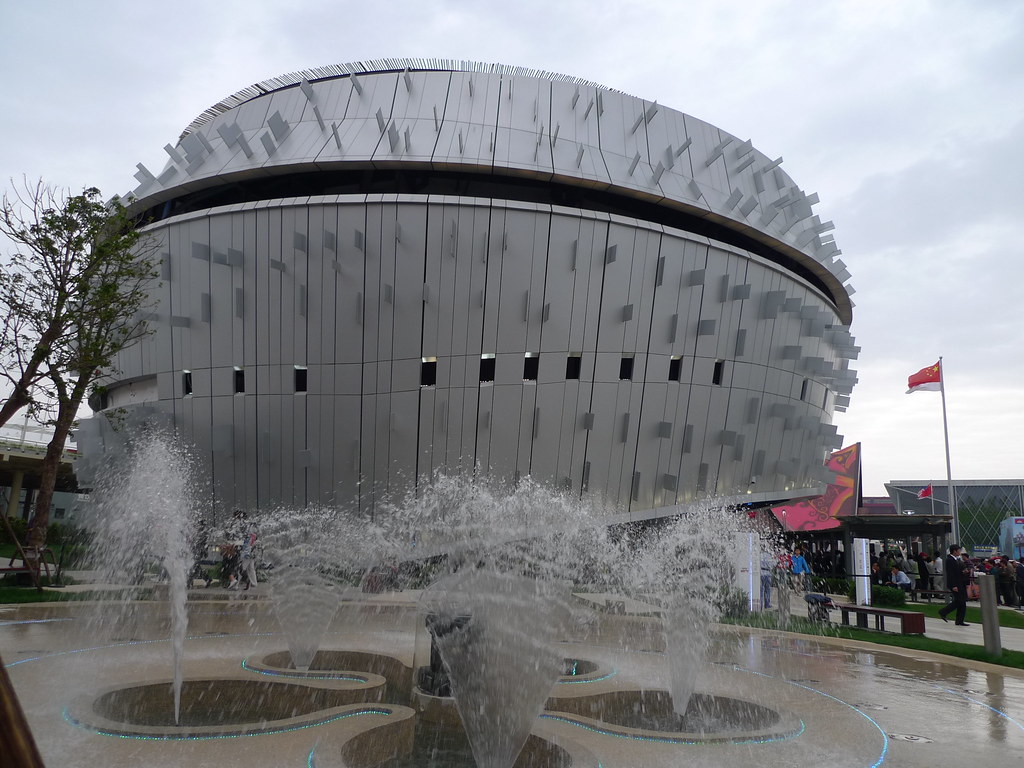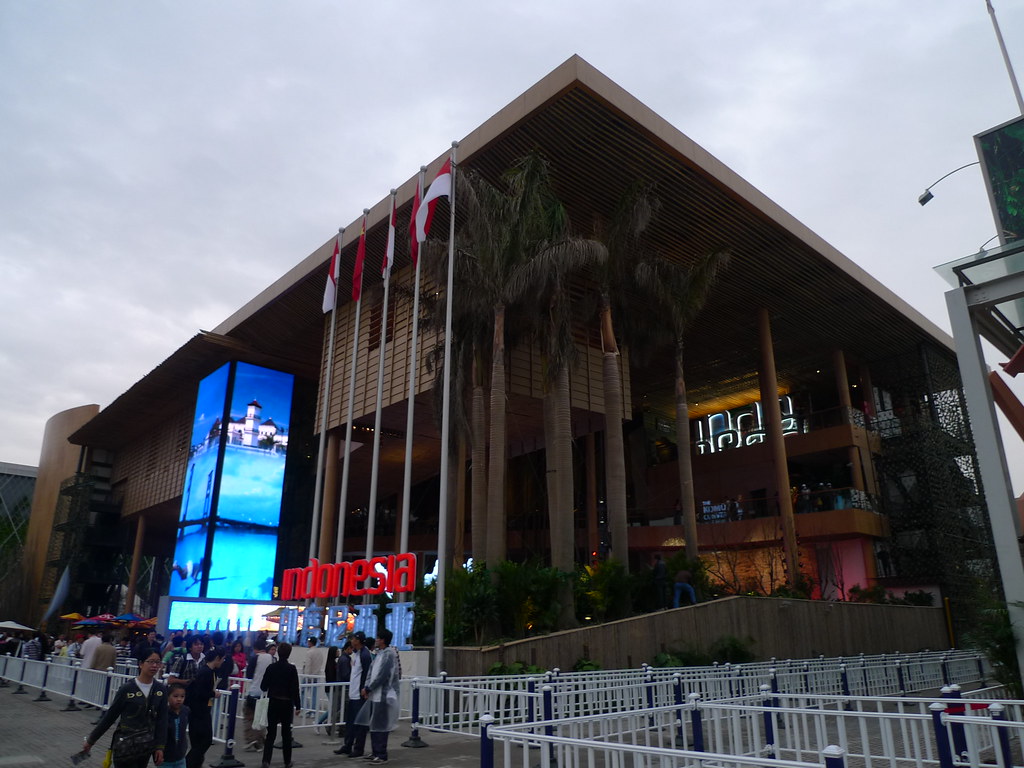Targeting to be the most visited World Expo event in history with an ambitious 70 to 100 million visitors, the Shanghai World Expo, is also the most expensive ever held in the history of the world’s fairs. Considered to also be the largest (yes, they do love superlatives there!) at 5.28 square km, the World Expo is themed “Better City – Better Life”, signifying Shanghai’s new status in the 21st century at the “next great world city“. More than 190 countries and more than 50 international organisations have participated in the Shanghai World Expo.
Located at downtown Shanghai covering either side of the Huangpu River, the pavilions of the official corporate partners of World Expo (like Coca-Cola) are on the northern bank of the river, along with the Urban Best Practice Area while the south bank of the river are the national pavilions, Chinese pavilion, and the World Expo Park.
Join me for a pictorial journey of the World Expo, beginning with the European pavillions.








